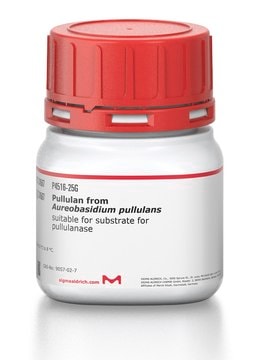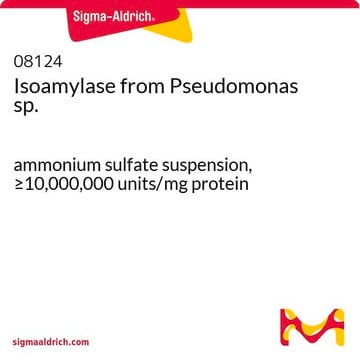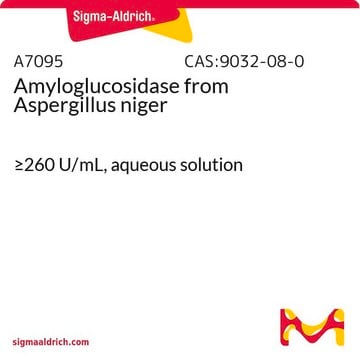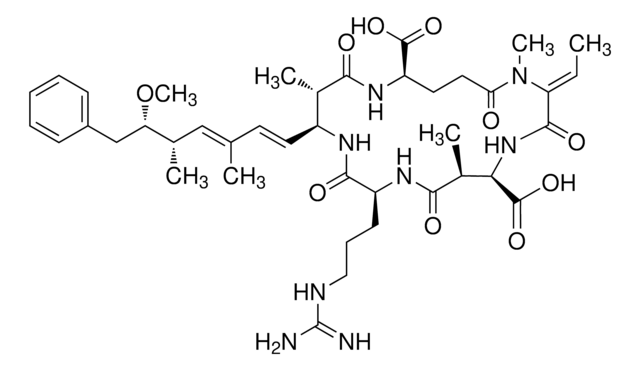The activity in the batch-specific Certificate of Analysis is expressed as NPUN/g. The international unit correspondence is described as follows: 1 NPUN = 0.35 PUN, where 1 PUN is defined as the amount of enzyme that releases 1 μmol of glucose per minute under standard conditions.
The Certificate of Analysis also reports the density (g/mL) of the product. To calculate the activity in units per milliliter (UPUN/mL), multiply the activity (NPUN/g) by the density (g/mL). Further dilution can then be performed to achieve the desired final concentration.











